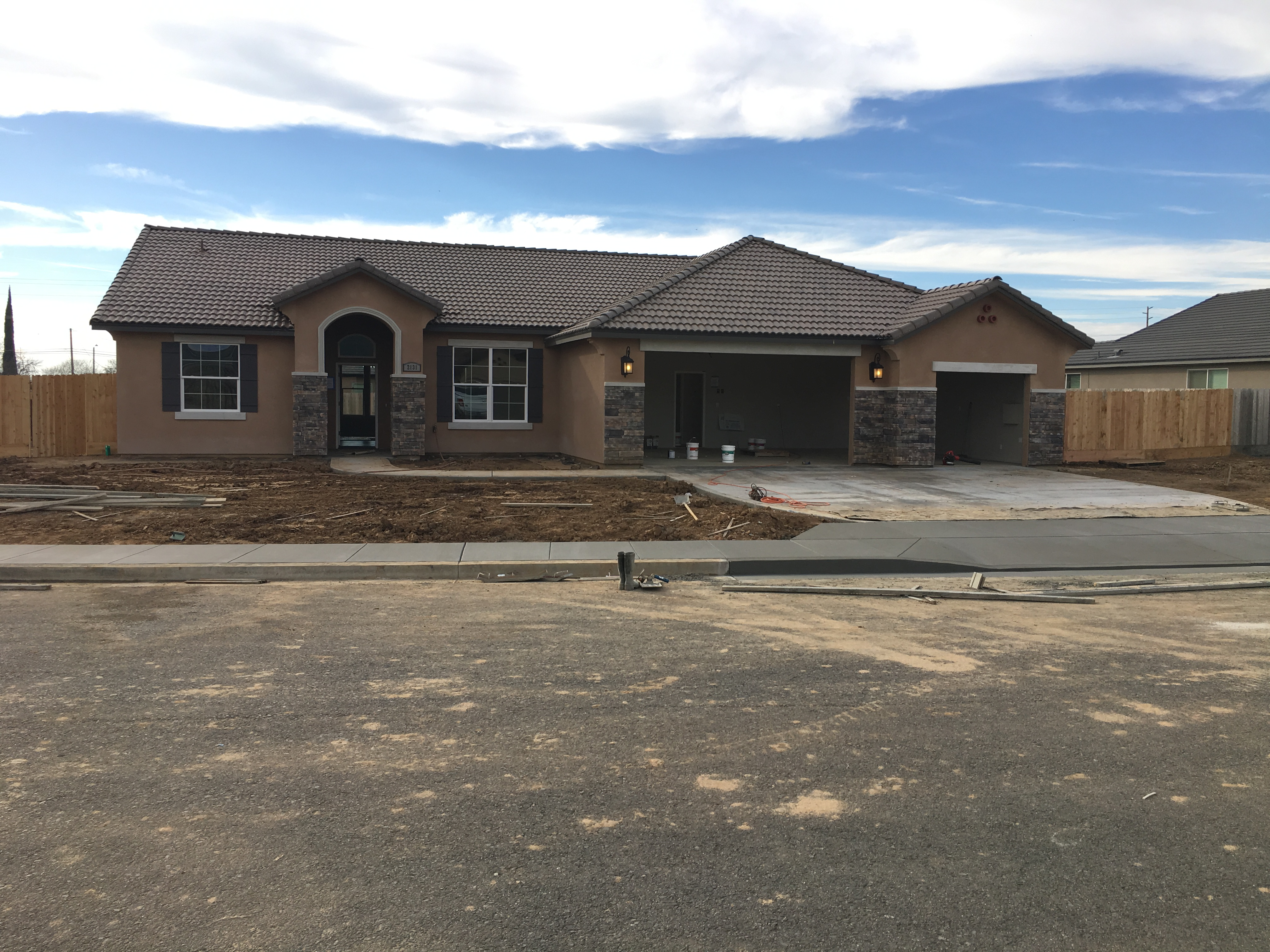 Project Title
Project Title
Residential Code Readiness Project: G. J. Gardner Site Monitoring Report
Project Number Codes and Standards PG&E 2018_2 Organization PG&E End-use Whole Building, Water Heating/DHW/HPWH, HVAC, Lighting Sector Residential Project Year(s) 2017 - N/APG&E’s Code Readiness subprogram (within PG&E's Codes and Standards Program) strives to collect data on measures and technologies that will support more robust advocacy in future code cycles rulemakings as well as inform voluntary energy efficiency programs. Additionally, by encouraging residential builders and commercial building owners or developers to enlist in this effort, participants gain first-hand experience with installation, code compliance, and performance characteristics of these advanced measures.
For this Code Readiness residential project located in Porterville, CA, the primary objectives of the project were to:
- document the installed efficiency measures,
- assess builder response to the installed measures (costs, installation issues),
- document any commissioning data,
- report on full year occupied home monitored energy use by end use, and
- compare annual energy end uses to compliance model projections.
Installed measures in the 2,095 ft2 single-story home included:
- high efficacy lighting meeting the CAHP lighting specifications,
- a whole house fan,
- low glazing areas (~11% of conditioned floor area),
- a condensing gas tankless water heater located centrally to key use points,
- high performance attic with R-19 insulation below the roof deck (meeting the recently adopted 2019 Title 24 specification),
- 2x6 exterior wall construction with R-21 fiberglass batts,
- a 17 SEER two-stage air conditioner,
- a two-stage condensing gas furnace,
- a heat recovery ventilation system for energy-efficient filtered outdoor air.
The latter five measures were supported by the PG&E Code Readiness project.
Results
Monitored electrical consumption over the year (April 2017 – March 2018) totaled 7,844 kWh and was dominated by cooling (37% of annual total) and plug loads (34% of annual total). Gas consumption for the year totaled 439 therms and was dominated by space heating (59% of annual total gas usage) and water heating (34% of annual total gas usage).
Key Project Takeaways
The builder was generally pleased with the selected measures (that were incentivized for installation) and found no significant implementation issues, although there are still concerns on whether all the measures can be adopted and marketed in a cost-competitive housing market.
Energy usage for heating and cooling were significantly higher than predicted by a CBECC-Res building simulation for the house using standard (not actual) weather data. For heating, higher indoor setpoints than assumed by the model certainly played a role. For cooling, setpoints were closer in line to the CBECC-Res model assumptions. Very limited usage of the whole house fan by the occupants likely contributed to the increased cooling loads, as would limited window operation for night ventilation.
